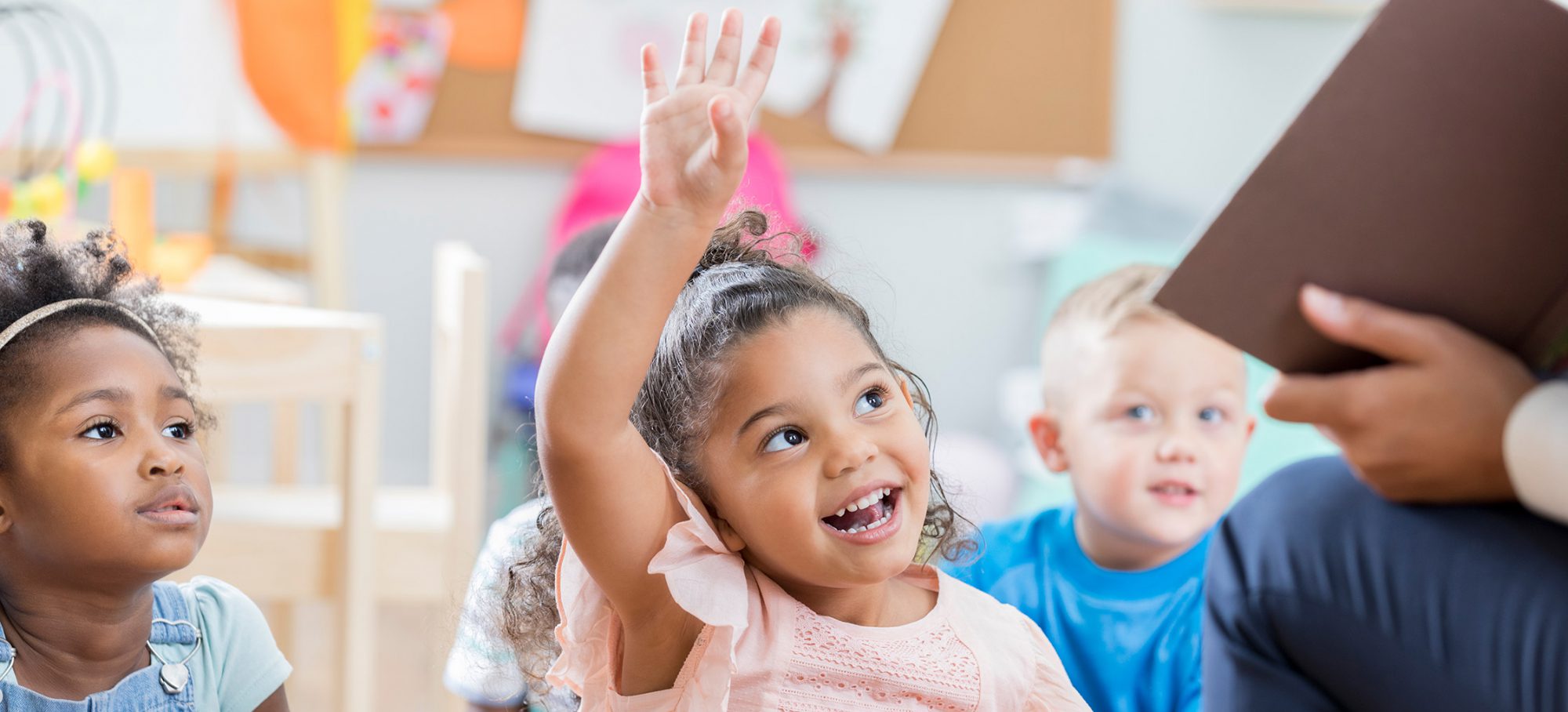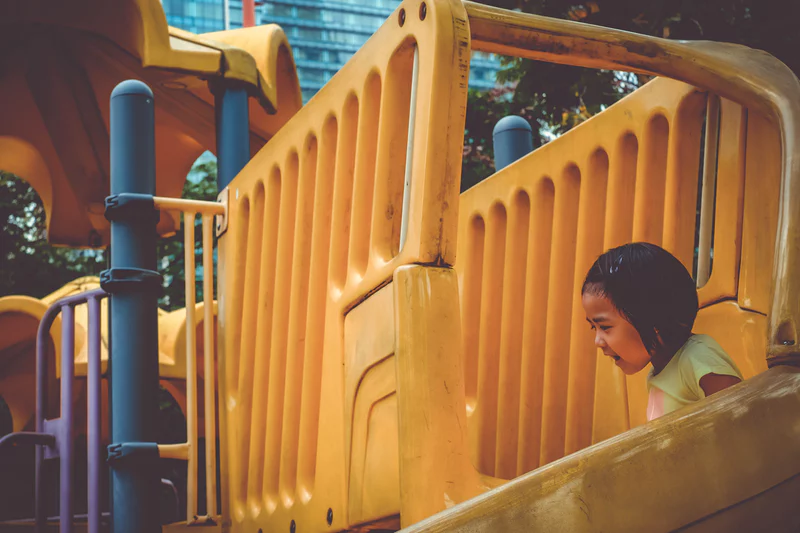Research has shown a connection between high-quality preschool education and long-term outcomes like higher future earnings, better health, better focus, and less criminal activity. So how can you determine the quality of the preschool in your area to make the best, most informed choice for your child? One of the important factors in ensuring the quality of your child’s education is the quality of the facility as a whole. Preschool is not just about learning ABCs and 123s. During this pivotal time in a child’s life, they’re learning to explore, explore their curiosity, their personality, and the world around them. Their preschool must give them the best space to do this.
Some factors to consider:
- Safety and Space
- Communication and Conflict Resolution
- Accreditation and Licensing
- Programs and Resources
Safety and Space: Room to Grow, Safe to Be
As a parent, the space and cleanliness of a preschool is the easiest factor to check off the list with a visit or tour of the school. As with any preschool, it is non-negotiable that the facilities be clean and safe for the children and that there is plenty of space for them to run and play. Pre-k age children experience taking a very hands-on approach with all of their senses and curiosities, touching and tasting everything, climbing and crawling on everything. Here are some things you should look at:
The Playground
Ample space for outdoor play is crucial to prevent run-ins between children and injury as much as possible. A rubber surface on the playground will also help to avoid serious injury, breaking the falls of children on their climbing, recess escapades. Rubber pellet and wood chip surfaces present a choking risk. Wood is especially dangerous as children could get splinters.
The Furniture
Child-sized bodies require child-sized furniture. Make sure the furniture in the classroom is fitting to their size and is of strong, safe material and structure.
Cleanliness
With all the touching and tasting, regular cleaning with non-toxic supplies is imperative to prevent the spread of germs that is especially common in pre-k.
Security
Dropping your child off at preschool is a new experience for them and you. You want to be able to feel as much ease as possible in this situation, so ensure the preschool you choose has taken proper precautionary safety measures, from safety drills to check in and check out system to cameras and locks.
Communication and Conflict Resolution: Why It Matters
Parents’ involvement in their child’s education is vital, making communication between the school and the parents incredibly critical. It is ideal if the preschool has no past history of formal regulatory actions by parents or regulatory bodies citing issues with the facility. Even if they don’t, before sending your child to the facility, confirm that past problems have been successfully resolved. It is critically important that the school is open and honest with parents about issues and operational topics that affect them or their children in some way. With that, child-specific conversations should be had between teacher and parents frequently as they are working together in the efforts of the child’s social, emotional, and cognitive development. The Reggio Emilia-Inspired philosophy provides a good rule of thumb for this parent-teacher communication dynamic.
Accreditation and Licensing: Standards Beyond the State
Every preschool institution should be licensed to operate, first and foremost. In addition, a good quality preschool should also be accredited by a state or regional organization. Accreditation is a voluntary process that a quality school will undergo to prove their quality. Preschool accreditation guarantees that students are offered a high level of care and that the school meets certain academic, social, health, and safety standards. The National Association for the Education of Young Children (NAEYC), the largest preschool accrediting organization, evaluates based off ten standards.
- Relationships
- Curriculum
- Teaching
- Assessment of Child Progress
- Health
- Teachers
- Families
- Community Relationships
- Physical Environment
- Leadership and Management.
Nationwide, only around 10% of preschools and early childhood education centers have received accreditation from the NAEYC. Accreditation goes beyond the simple state regulations of licensing. School visits, interviews with teachers and administrators, and student observations determine whether or not the pre-K exceed those regulations.
After School Program: Learning After Hours
Not only do after school programs provide a safe, structured place for children of working parents, they also demonstrate many potential benefits. Improved academic performance, reduced risky behavior, and better physical health are among the benefits of an effective after school care program. Research by Harvard Graduate School of Education points to three critical factors of a successful program.
- Access and Frequent Participation
- Quality Staff and Program
- Strong Partnerships
Access and Frequent Participation
Children benefit more if they attend programs more frequently. It is especially beneficial if the program is tailored to their needs, interests, and schedules while presenting new challenges and ideas.
Quality Staff and Program
Intentional programs with specific goals and outcomes achieved through organized and engaging activities are vital for success. The other key ingredient to this is a role model staff with strong leadership skills and proper training.
Strong Partnerships
Partnerships with stakeholders, like families, schools, and communities are important.
Onsite library: Open Book, Open Imagination
Books have a way of activating a child’s imagination and encourages them to ask questions. Introducing reading to a child at an early age can create a very good habit while expanding their knowledge and vocabulary. Stories and pictures are a fun and intriguing way for a pre-k child to practice everything from their ABCs and 123s to their shapes, colors, and animal sounds. An onsite library or library resources at a preschool is a good sign of quality and learning potential.
Choosing a preschool for your child is one of the most meaningful decisions you will ever make for them. This age of exploration and discovery is incredibly impactful for a child’s present and future development. It is the foundation for social and academic learning. Suzanne Bouffard, an education researcher and author, calls pre-K the most important year for children and because of this, “quality really matters.” Make sure your child will be attending a high-quality preschool by evaluating all the factors mentioned before your child takes the giant leap with their little legs.

